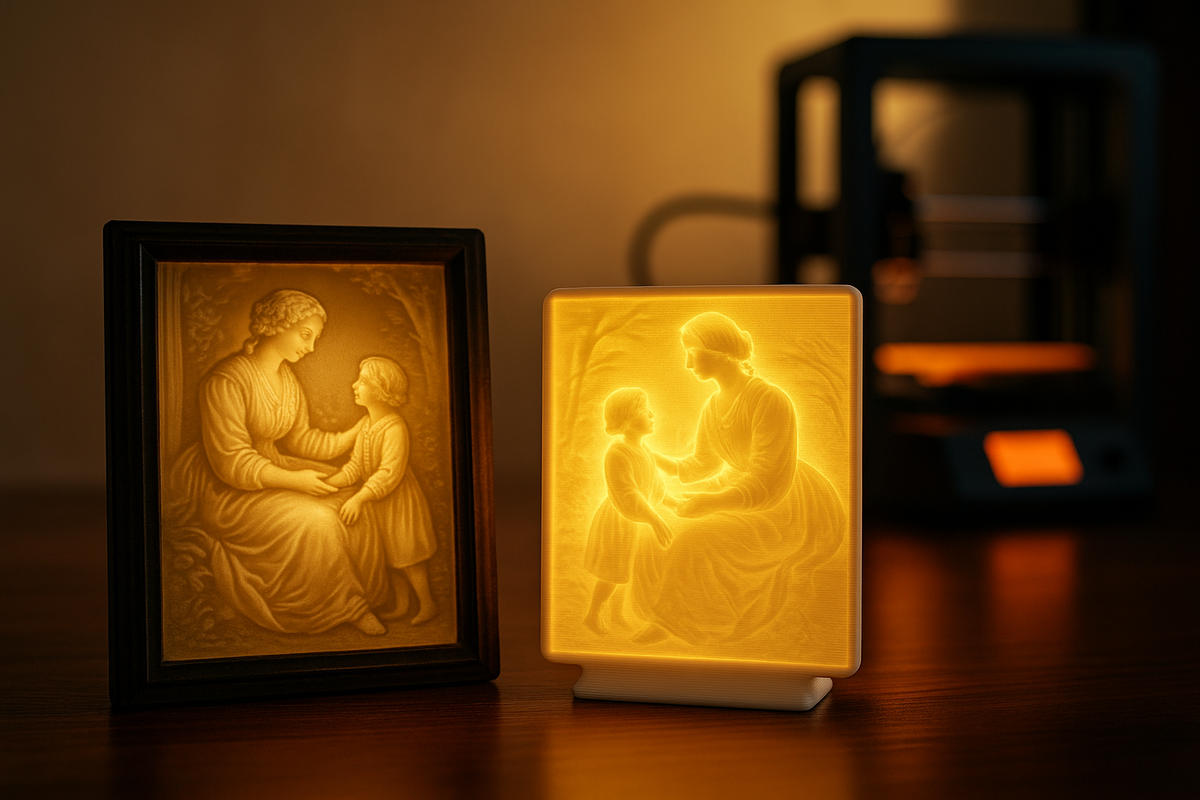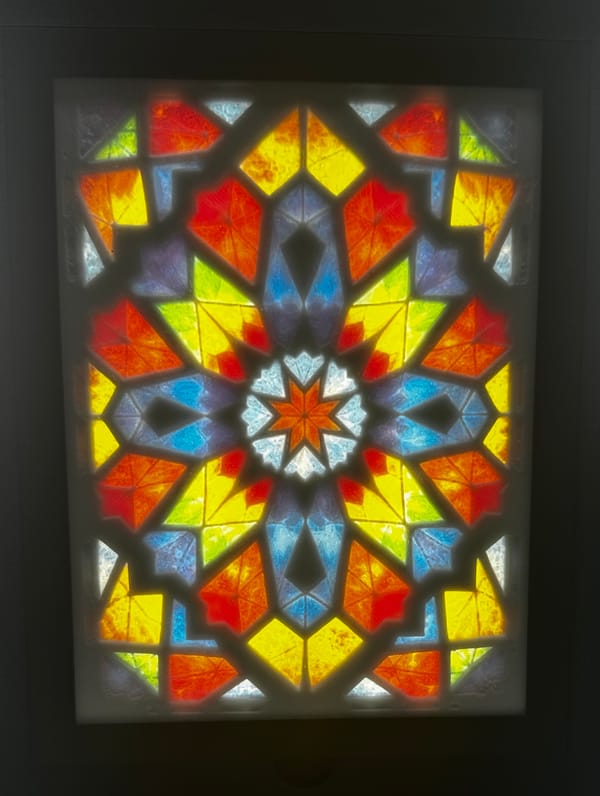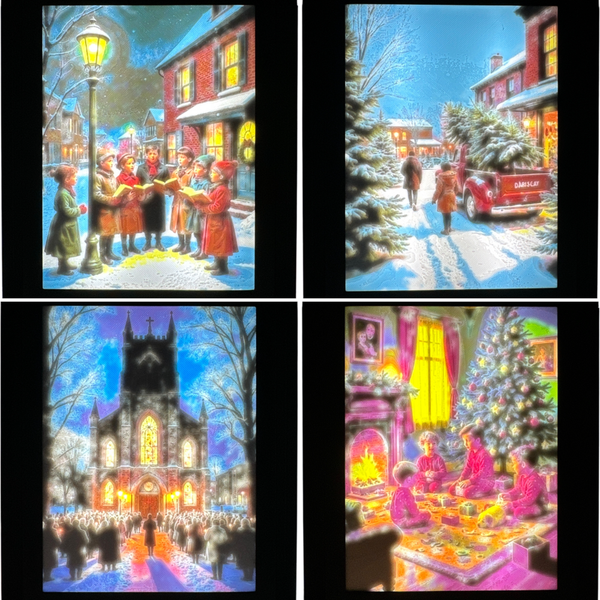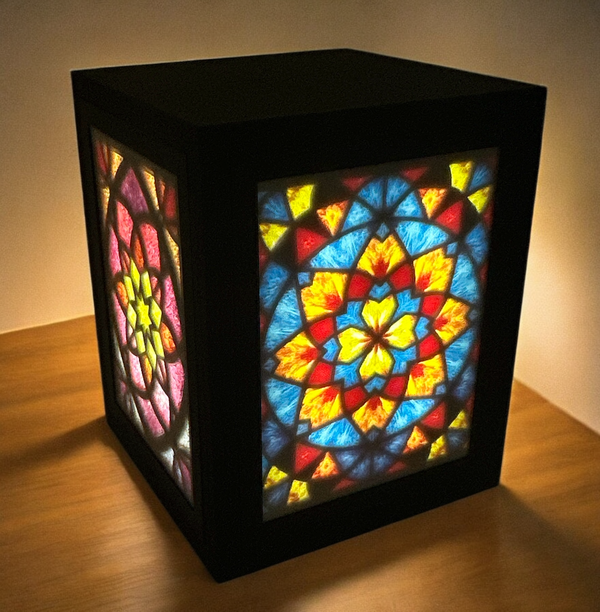What Are Lithophanes? The History and Revival of a Glowing Art Form Through 3D Printing

Lithophanes are a beautiful blend of art, science, and light—delicate images that come to life when backlit. With roots in the 19th century and a powerful resurgence through modern 3D printing, lithophanes are once again lighting up homes and hearts around the world. In this article, we’ll explore what lithophanes are, how they were originally made, and how 3D printing has revolutionized their creation in the modern era.
What Is a Lithophane?
A lithophane is a three-dimensional image created by varying the thickness of a translucent material. When viewed with light shining through from behind, the varying thicknesses translate into different levels of brightness, revealing a detailed image—often more lifelike than a standard photograph.
From the front, a lithophane can appear like an abstract relief. But once illuminated from behind—whether by sunlight, LED, or candle—it transforms into a glowing portrait, landscape, or scene.
Quick Summary:
- Material: Usually made from porcelain, wax, or translucent plastics.
- Viewing: Only visible in full detail when backlit.
- Uses: Decorative panels, night lights, lamps, windows, and ornaments.
A Brief History of Lithophanes
Lithophanes originated in Europe in the early 1800s, particularly in Germany and France. The word “lithophane” comes from the Greek terms lithos (stone) and phainein (to appear or to cause to appear). They became popular as decorative porcelain panels often embedded in lamps, lanterns, and windows.
Historical Highlights:
- 1830s–1860s: Golden era of porcelain lithophanes, often handcrafted and used in wealthy households.
- Production Method: Artists would carve the image in wax, and porcelain molds would be created from these originals.
- Decline: With the rise of photography and mass-produced home goods in the late 19th and early 20th centuries, lithophanes became less common.
Despite fading from mainstream popularity, lithophanes remained cherished by collectors and antique lovers for their fine craftsmanship and luminous charm.
How 3D Printing Reinvigorated Lithophanes
Fast forward to the 21st century, and 3D printing technology has breathed new life into this nearly forgotten art form.
Instead of carving wax and casting porcelain, creators can now use 3D modeling software and filament-based (FDM) printers to produce lithophanes with remarkable precision and speed. This has made them accessible not just to artists and collectors, but to everyday hobbyists and shoppers looking for meaningful, personalized gifts.
Benefits of 3D Printed Lithophanes:
- Customizable: Upload a photo, and it can be turned into a glowing lithophane.
- Affordable: Far more accessible than traditional methods.
- Durable: Printed in strong yet translucent plastics like PLA.
- Creative Possibilities: From flat panels to curved ornaments and even full lampshades.
3D printing allows for photo-realistic detail, often capturing every nuance of a loved one’s smile or the dramatic tones of a sunset. And thanks to modern slicing software, creators can control image resolution, light diffusion, and print thickness with incredible accuracy.
Popular Uses of Modern Lithophanes
Today’s lithophanes come in many forms. Some of the most popular include:
- Night lights with personal photos
- Backlit window panels
- Ornaments for holidays and special occasions
- Lanterns or light boxes with interchangeable panels
- Pet memorials and wedding keepsakes
Because they combine visual artistry with emotional impact, lithophanes are now frequently used as heartfelt gifts and unique home décor.
Why Lithophanes Are Trending Again
As consumers seek more personalized, handcrafted, and meaningful products, lithophanes fit the bill perfectly. Whether purchased from an artisan or made on a home 3D printer, they offer a timeless aesthetic with a high-tech twist.
They’re not just nostalgic—they’re experiential. A lithophane invites interaction. It changes with lighting, invites closer inspection, and always carries a sense of wonder.
Final Thoughts
Lithophanes are a shining example of how traditional art forms can be reimagined through modern technology. What was once a niche porcelain craft for the elite is now a vibrant medium for creators and gift-givers everywhere.
Thanks to 3D printing, the lithophane is no longer a relic of the past—it’s a glowing art form of the future.



